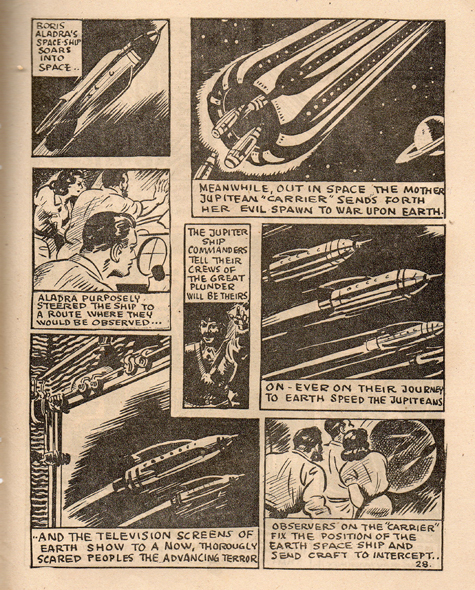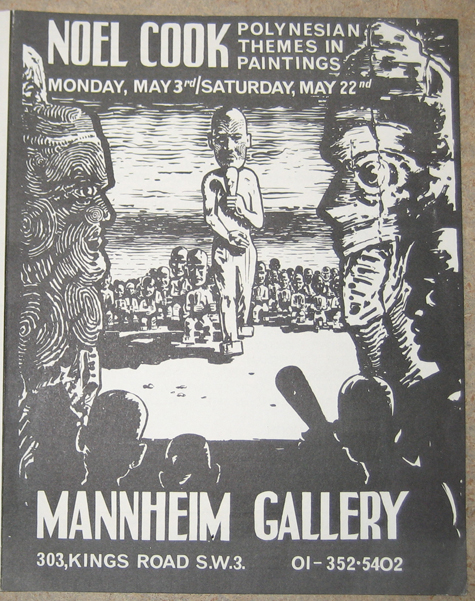Hautipua Rererangi - Huia Publishers Copyright 2009 Te Tahuhu o te Matauranga
Published by Huia Publishers in 2009, Hautipua Rererangi recounts the wartime exploits of Porokoru Patapu (John) Pohe the first Māori
pilot in the RNZAF. Nicknamed 'Lucky Johnny', Pohe was a WWII hero who
flew an amazing 22 missions, and was involved in the legendary 'Great
Escape' from Stalag Luft III. The Great Escape was fictionalised as a 1963 film by John Sturges starring Steve McQueen, James Garner, and Richard Attenborough. Hautipua Rererangi is completely in Te Reo Maori, with Maori, Pakeha and even Nazi characters conversing in Maori.
Hautipua Rererangi was released in English as Born To Fly in April 2012. The English version has been revised with illustrator Andrew Burdan commenting, "Lot's of little details have been altered and the
panel flow has been smoothed a bit. I think it's an improved reading
experience now."
Julian Arahanga
Hautipua Rererangi writer, Julian Arahanga, is probably best known as an actor in the films Once Were Warriors and The Matrix. Turangaarere - the John Pohe Story released in 2008 marked Arahanga's debut as a director recounting John Pohe's story with interviews and dramatic re-enactments.
Wellington based Illustrator Andrew Burdan has worked on children's books, educational material, storyboards and in recent years comics with Hautipua Rererangi being his first stand alone comic work.
Andrew Burdan
The following interview with Andrew Burdan was conducted via email April 2012
When and what were the first comics you took an interest in?
I think my first comics were either Richie Rich or reprints of Carl Barks Donald Duck, there were a lot of comics around when I was a kid, this was probably around the late 1970's.
Have you undertaken any illustration training?
I didn't actually do any formal illustration training. I started as a kid and then it was pretty much learning from books and the Internet. I especially found there were heaps of useful tutorials online when I was learning Photoshop. I would definitely recommend doing a design course though I think I would have made much faster process.
Hautipua Rererangi - Huia Publishers Copyright 2009 Te Tahuhu o te Matauranga
What are some of the specific influences in your comic work?
There's ton's of influences in and out of comics over the years but in working on Hautipua Rererangi (Born to Fly) I was definitely influenced by the comic artists Sean Phillips and Charlie Adlard. They both had a particular approach that I thought would enable me to produce work at something like a page or so a day while having a look that would hopefully appeal to boys. (Which was the primary audience, particularly those who were struggling to engage with reading.)
Hautipua Rererangi Huia Publishers Copyright 2009 Te Tahuhu o te Matauranga
How did you get involved with Huia Publishers?
I was approached by Huia to submit a sample page for the project, I had done a fair bit of work for them before and they thought I might be able to do something in the style of "Charley's War", a great British WW1 strip. The script was already written by Julian Arahanga at this stage and they were looking for artists to draw it.
Did you have Julian Arahanga's documentary Turangaarere: The John Pohe Story as a reference before commencing work on Hautipua Rererangi?
I had a look at the documentary before I started and took notes and sketches of it etc. As the graphic novel covered the same territory as the documentary it was an invaluable resource. I spent a long time doing my own research after that and I was impressed with how amazingly thorough they were. I specifically remember using it to refer to items of clothing. The Doco had current members of the Pohe family in some scenes dressed in the actual clothing the family had worn in the 40's. They'd been kept as heirlooms for all that time.
How did you go about researching references?
My own research involved a lot of reading (A book called Bomber Boys in particular
Was excellent) a great many hours of goggle image searches, library visits, watching war documentaries and feature films as well as revisiting my own collection of war comics. In addition to that I bought a bunch of 3d models of planes and vehicles as well as plastic toys and figures. I tried to cross reference everything, the more sources I drew from the more accurate I thought the end result would be. I was hoping that if I put a lot of work into it then it might help to encourage further reading as well from the students.
Hautipua Rererangi Huia Publishers Copyright 2009 Te Tahuhu o te Matauranga
Was there much consultation with writer Arahanga during the creation of Hautipua Rererangi?
There was a fair bit I recall. Julian was definitely open to any questions that I had. I'd worked with him on a few projects as a storyboard artist previously so we had a good working relationship already. In retrospect I could have bothered him more but he was really happy with the end result so the hard work was worth it.
Do you have a preference between story-boarding, illustration and sequential narrative work?
I tend to enjoy the variety overall, I'm pretty happy working in any area. Story-boarding does free you up to draw quickly and concentrate on the essentials and also gives opportunity to collaborate on a larger project with other creative types, which is really inspiring.
I haven't done a lot of comic book work but it's definitely engaging and I feel I've probably got something to offer this form.
Illustration work often gives me the chance to experiment (within guidelines) as these are often shorter term projects and I can stretch myself a bit, trying different approaches and techniques which helps keep it fresh for me.
Illustration work often gives me the chance to experiment (within guidelines) as these are often shorter term projects and I can stretch myself a bit, trying different approaches and techniques which helps keep it fresh for me.
Hautipua Rererangi - Huia Publishers Copyright 2009 Te Tahuhu o te Matauranga
Purely a geek question on my part having thoroughly enjoyed
District 9, Was there anything in the film that was distinctly derived
from your story-boarding contributions?
Geek questions are good questions. I loved working on District 9 but I
really didn't contribute anything beyond drawing up more polished
versions of Neal's boards that he drew up. The design work was pretty
much all done by the time I got onboard and Neal had Avery clear idea of
what he was going for visually. Most of the storyboards were done while
Neal was shooting in Johannesburg so there wasn't The opportunity for
much back and forth. I knew it was going to be a great film even for
those short four weeks or so of boarding it.
Can you talk a bit about your studio set up?
I use photoshop CS4 with an Intuous 3 Wacom tablet for inking/colouring. At the moment I've placed my (
kitset) drawing table against my computer desk (also kitset) just
because I often use a lot of reference material with the project I'm
working on and find I use the space. I can also switch to drawing on my
table easily when I need to. On the left I have a Brother A3 scanner/ printer ( very handy) on the
right a laptop where I put up reference or earlier roughs etc which I
find helpful.





















































